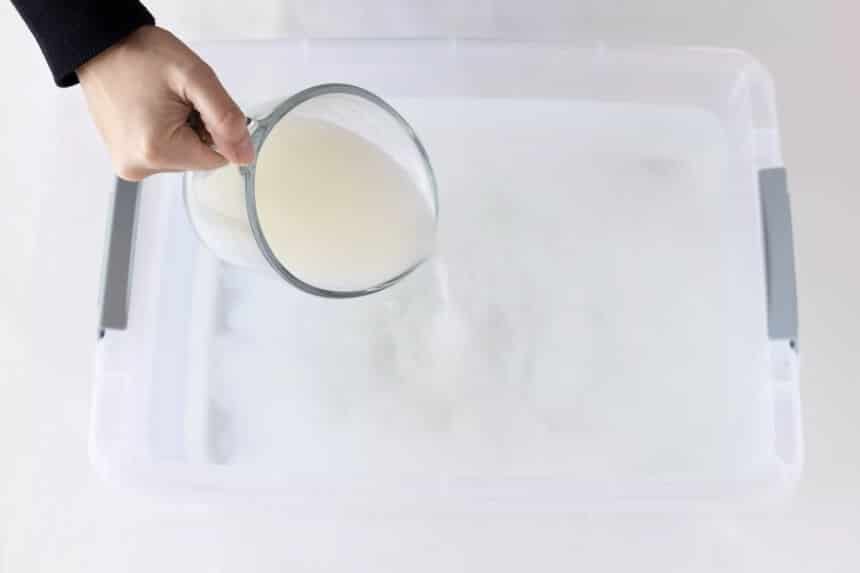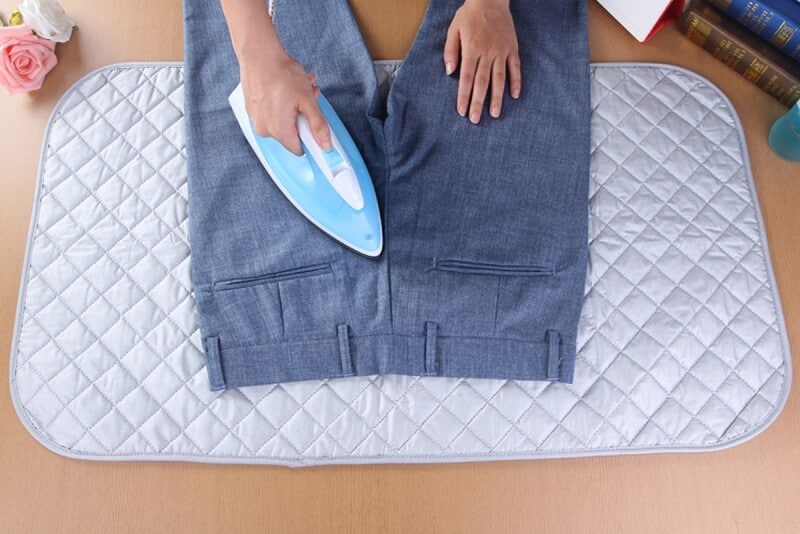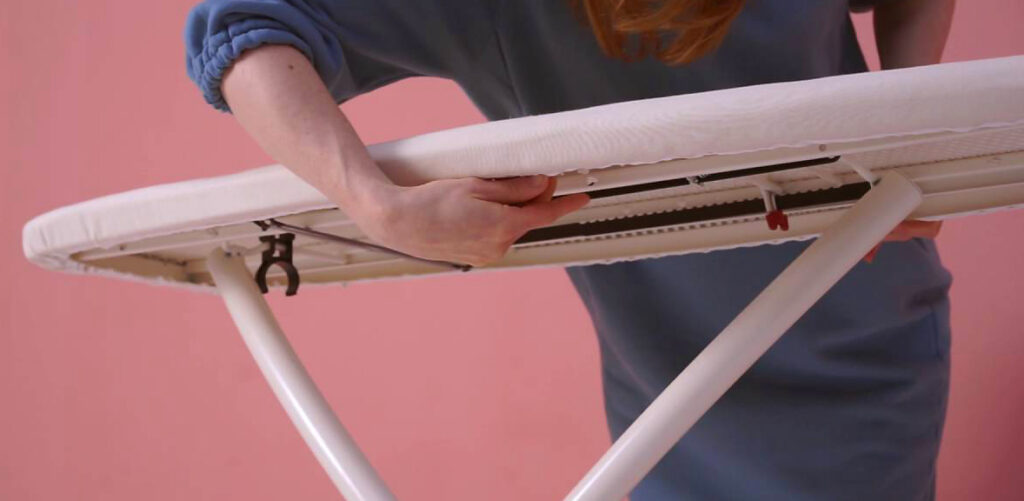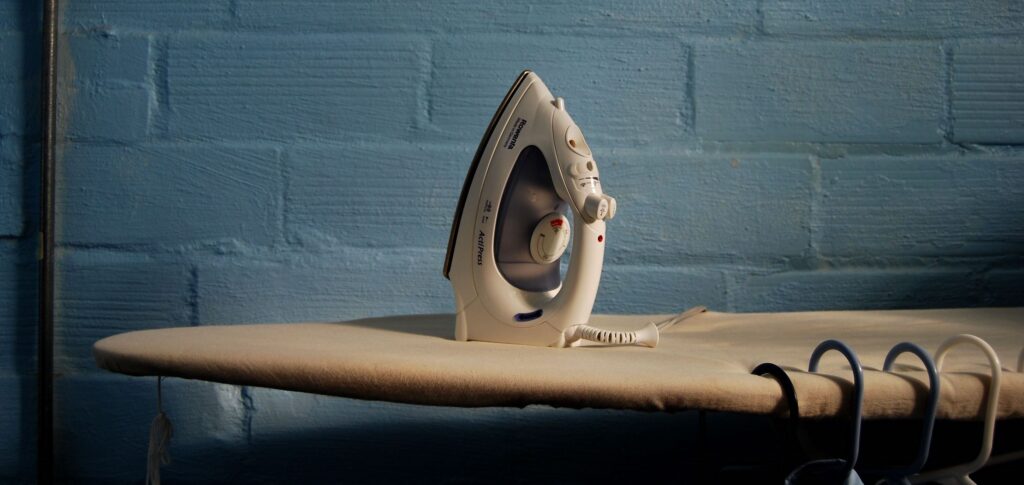If you ever find yourself wondering how those fancy people get their suits to look so straight and the collar crisp, they are most likely starching their shirts. Now, most people hear the word starch and head for the hills, but there are easy ways on how to starch a shirt and how to do it at home. The dry cleaners are usually available to handle the starching, but if you find yourself in a time pinch or not close to one, you can figure out how to starch your own shirt at home. In most cases, you can actually starch a shirt without needing an iron.
To best starch your shirts, you need to know how to prepare the starch, the process of starching, managing the mixture, and how much to apply. Check out our list below for tips on how to starch a shirt at home.
If you are not in the mood to make your own starch mixture, you head to the store and pick up a premade one. There are liquid and powder forms you can choose from. Some of the most popular brands are Sta-Flo, Easy on Double Starch, and FAULTLESS.
If you decide to grab the powder starch, you will have to mix it with some water before you begin the starching process. You will need to have a clean shirt.

There are plenty of starching products available to consumers so they can pick what works best for their garments. Sometimes what starch you use is based on your personal preference, what you have just always used, or even what grandma used. You can pick a commercial spray-on starch, a powdered starch, liquid starch, or even a homemade solution. If you want to get that straight-from-the-dry-cleaners crispiness, you will need to grab a liquid starch. The liquid starch will need to be coated on the entire garment and then dried.
You can grab some laundry sizing near the spray starch in the store and use it to add some body to your garments. Laundry sizing is also good for your garments because it smooths out small wrinkles and gives you some soil resistance.
How often you starch your shirts or garments really will boil down to your personal preference. It is actually recommended that you do not starch your clothes, and if you have to, do not starch them often. While starching gives a clean and put-together appearance, over time, it can wear down on the fibers of your clothes. Starching significantly lowers the lifespan of your garments.


It may be tempting to starch your clothes before you put them away for the season but it is best to do this after you pull them from storage. Also, starch attracts certain types of bugs and you may come back to find your clothes eaten. If you really need to starch your clothes before you tote them off to storage, make sure they are completely dry and stored in a hanging fabric bag or plastic bin.
Make sure that you only starch freshly clean clothes that have no stains. It is best to avoid starching fabrics like wool, any type of wool blends, silks, or other delicate fabrics. Spray starch should be avoided when possible because it can start flaking off of the clothes. You should always make sure that you wash your hands thoroughly before you begin starching your clothes. If you do not, you risk getting oils on the garments.
Starching is a great way to get a shirt collar looking fresh and crisp like it just came from the dry cleaners. While most are worried about having to rely on a dry-cleaner to get this done, you can easily learn how to starch a shirt at home. However, on the flip side, starching can greatly reduce the lifespan of your garments. With starching, the residue will sit in the clothing over a period of time, and this causes some threads to fray and break. If you decide to enlist the help of a dry cleaner to starch your shirts, make sure you specify how heavy you want starch applied.





